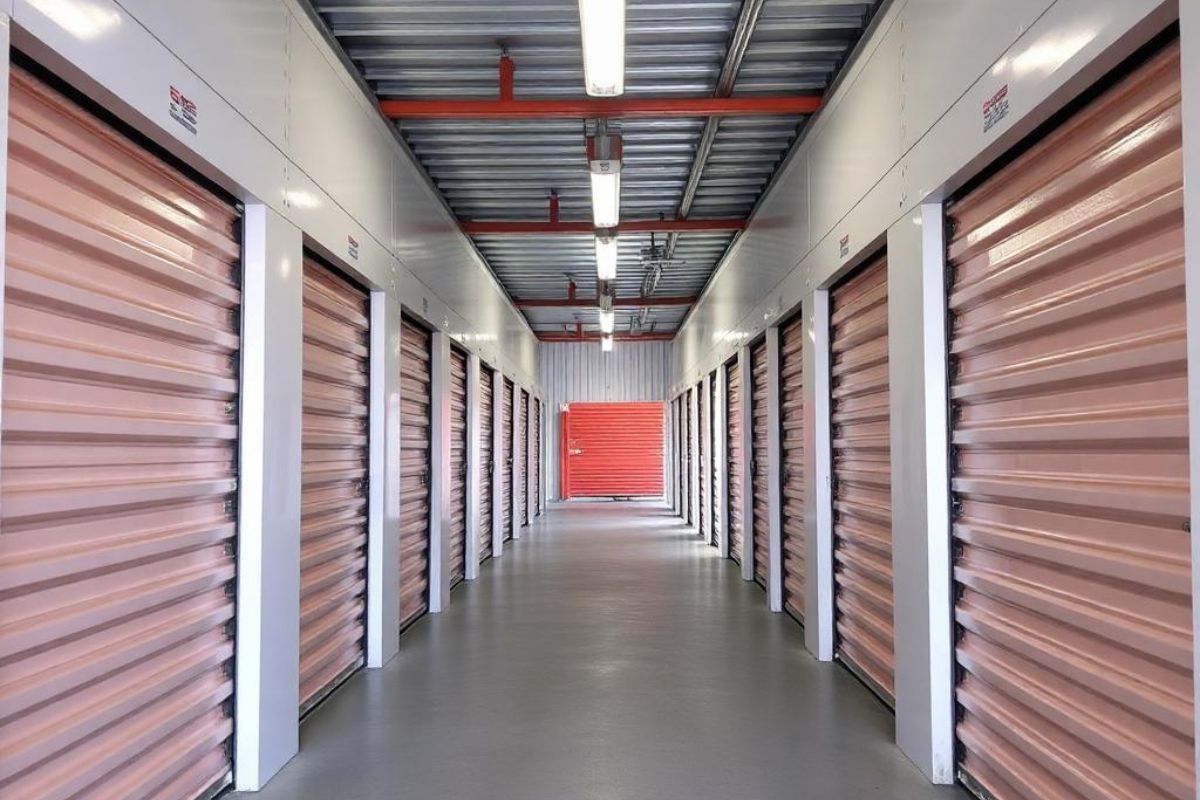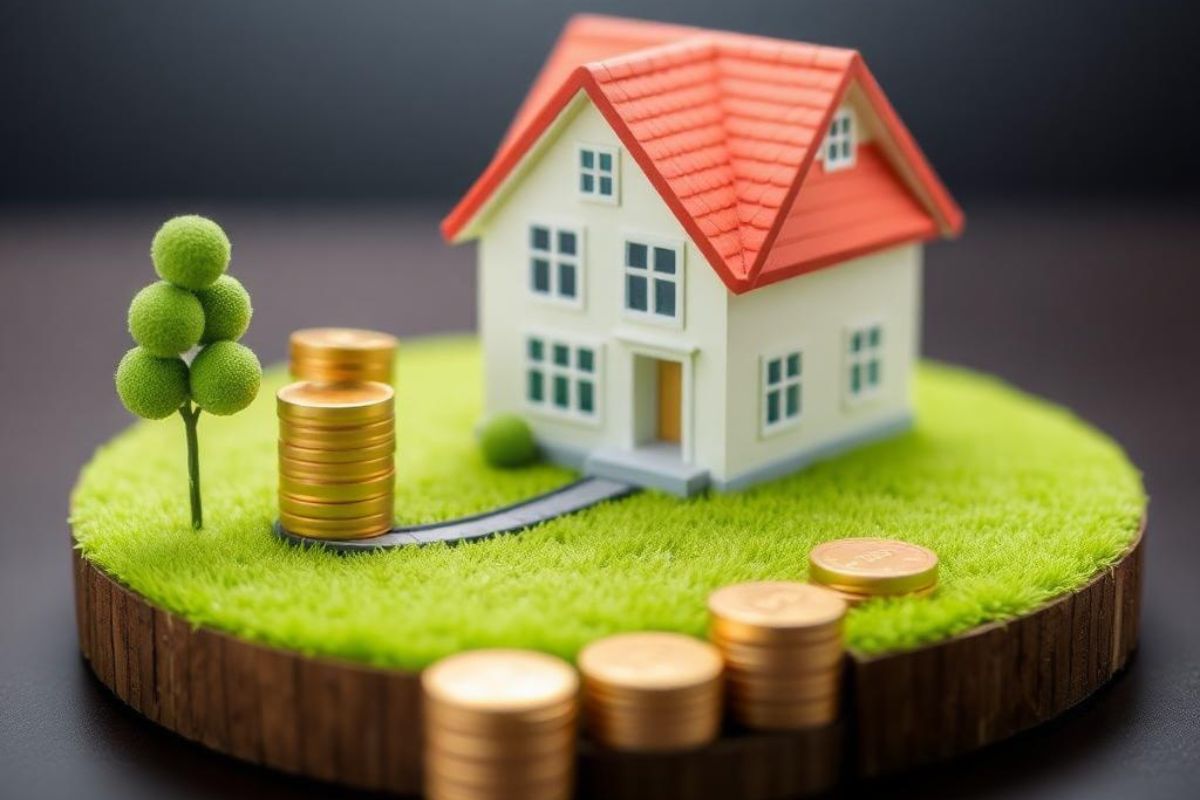What Today’s Smart Homebuyers Look for in Neighborhood Convenience

Buying a home isn’t just about square footage or countertop materials anymore. For today’s smart homebuyers, the surrounding neighborhood is just as important as the house itself. People are not just asking, “Can I see myself living in this house?” but also, “Will this area make my daily life easier and more enjoyable?”
Neighborhood convenience is a growing priority—and for good reason. A great location can save time, reduce stress, support your lifestyle, and even increase your property’s value over time. From essential services to digital-age features, here’s what modern homebuyers are really looking for when it comes to convenience.
1. Everyday Essentials at Your Fingertips
Convenience starts with the basics. People want to live close to the things they need on a regular basis. Whether you’re running out for a carton of milk or dropping off a prescription, proximity matters.
Today’s homebuyers look for neighborhoods that offer:
- Grocery stores and markets within walking or short driving distance
- Pharmacies and health clinics nearby
- Dry cleaners, banks, and postal services close to home
- Local cafes and casual dining options
And in today’s increasingly digital world, homebuyers also appreciate access to modern services. For example, having a bitcoin ATM in many locations can be a surprising plus for tech-forward buyers who use cryptocurrency and want on-the-go access.
These features aren’t just about convenience—they signal that a neighborhood is keeping up with evolving lifestyles.
In addition to proximity, buyers increasingly value diversity in the types of services offered nearby. A neighborhood that offers a blend of big-name retailers and unique local businesses feels more vibrant and convenient. Farmers markets, specialty food stores, or 24-hour pharmacies provide added flexibility and character. For parents and pet owners, being close to daycare centers, pet supply shops, or grooming services also plays a big role in choosing where to live.
2. Smooth Commutes and Easy Transportation
Even in the age of remote work, location still matters. Many people have hybrid schedules, kids to drop off, errands to run, and social commitments to attend. That makes easy access to transportation routes and options a major selling point.
Key transportation conveniences include:
- Quick access to major highways or thoroughfares
- Close proximity to public transportation like bus or train stations
- Safe and efficient bike lanes or pedestrian walkways
- Availability of rideshare services like Uber and Lyft
- Parking availability for multi-car households
Neighborhoods that offer multiple ways to get around can reduce daily stress and support a more flexible lifestyle.
The importance of transportation options also extends to environmental consciousness. Buyers today are more aware of their carbon footprint and seek out neighborhoods where they can minimize car usage. Living near reliable public transportation or having access to community bike-share programs encourages greener lifestyles. Additionally, less time spent commuting means more time at home or enjoying local amenities—something many buyers see as crucial to maintaining a healthy work-life balance.
3. Tech-Ready Infrastructure
Smart buyers are also thinking about how well a neighborhood supports their digital life. In fact, a well-connected community can be just as important as an updated kitchen.
Modern infrastructure homebuyers love:
- High-speed internet access and reliable service providers
- Access to 5G or strong mobile coverage
- Smart-city features like sensor-based streetlights or public Wi-Fi zones
- Electric vehicle (EV) charging stations
- Neighborhoods with coworking spaces or hubs for remote workers
Today’s home isn’t just a place to relax—it’s often a workplace, school, entertainment center, and more. That means buyers are looking for areas that support tech-enabled living from the outside in.
Beyond just fast internet, tech-savvy homebuyers are starting to look for neighborhoods that support digital security and connectivity innovation. Smart traffic lights, surveillance systems, and real-time local alerts are becoming part of the modern neighborhood experience. Areas with strong tech infrastructure also tend to attract forward-thinking businesses, which can lead to more job opportunities and better services nearby. These features help foster a sense of confidence in the long-term viability of the neighborhood.

4. Dining, Recreation, and Lifestyle Options
People want to enjoy their free time without having to go far. A neighborhood with great amenities can turn a simple evening into a relaxing experience and make weekends something to look forward to.
Top lifestyle features include:
- Local restaurants and food trucks
- Parks, playgrounds, and green spaces
- Walking or biking trails
- Community centers and fitness facilities
- Entertainment venues like cinemas, museums, or music spaces
Convenience isn’t just about getting things done—it’s about having easy access to things you enjoy. Buyers are drawn to neighborhoods that offer variety, flavor, and fun right around the corner.
Access to lifestyle options isn’t just a bonus—it can be a deciding factor for buyers comparing similar properties. A walkable Saturday farmers market, an evening yoga class nearby, or being able to grab ice cream with the kids after dinner all contribute to the perceived livability of a neighborhood. When amenities like these are readily available, people feel more connected to where they live and are more likely to engage in community events and local culture.
5. Long-Term Growth and Community Feel
While instant convenience is great, smart homebuyers also consider the future. They look for neighborhoods that show signs of steady growth, investment, and community involvement. Why? Because a thriving neighborhood tends to stay desirable—and that boosts both quality of life and property value.
Indicators of a good long-term investment include:
- New businesses opening or expanding in the area
- Well-maintained streets and public spaces
- Active neighborhood associations or community events
- Good school districts and educational programs
- Low crime rates and visible safety measures
People want to feel like they’re part of something, not just living next to strangers. A welcoming, supportive community adds emotional value to the convenience of everyday living.
Homebuyers also consider how involved and informed the local government and community organizations are. Cities that actively invest in infrastructure, offer small business grants, or host neighborhood improvement programs signal long-term potential. Buyers want assurance that the place they’re settling into won’t just remain stagnant. They want signs of care, innovation, and responsiveness. Seeing upcoming developments or revitalization efforts in the pipeline can boost a buyer’s confidence in the area’s long-term appeal.
Conclusion: Smart Convenience for Modern Living
The definition of a “good neighborhood” has expanded. Today’s buyers want a blend of traditional amenities and modern features that suit their lives now—and in the future. From everyday errands to high-speed internet access, from cultural spots to tech-friendly services, convenience is now measured in both steps and seconds.
When buying a home, smart shoppers aren’t just choosing a place to live—they’re choosing a lifestyle. And neighborhoods that make life easier, smoother, and more enjoyable are exactly what they’re after.









